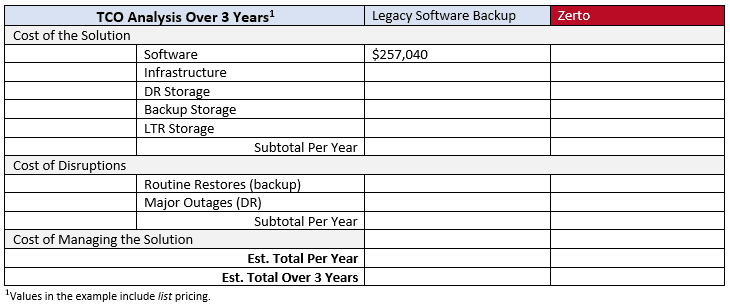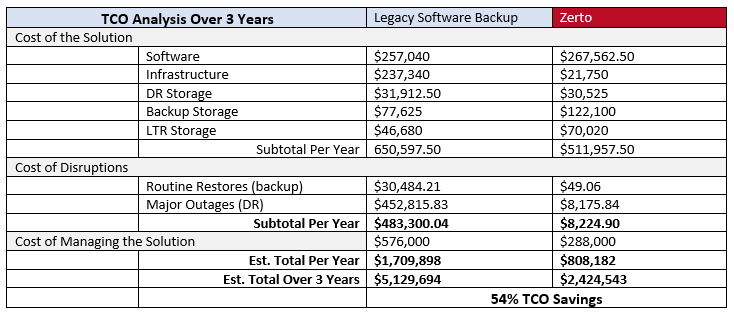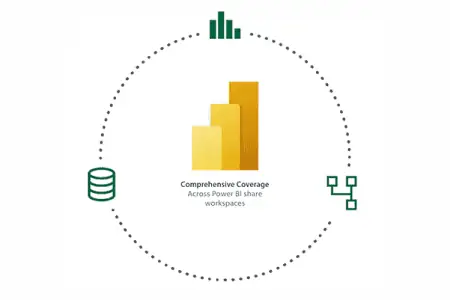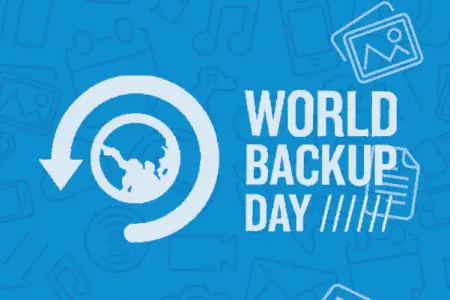
A Compelling Case for Displacing Your Legacy Backup
The release of Zerto 8.5 and our new Zerto Data Protection (ZDP) offering expand your flexible architecture. Together, they make a compelling financial story: by replacing backup with continuous data protection (CDP), Zerto can deliver TCO savings of 50% over traditional, non-continuous backup and disaster recovery solutions.
Let’s walk through an example TCO model and see how Zerto compares. Our example customer, who we’ll call “Initech Inc,” has a legacy software-defined backup approach. Initech’s current environment and strategy are:
The three-pronged approach—backup, disaster recovery, and long-term retention— is based on VM criticality and gives Initech a resilient cloud data management and protection strategy. The company wants one solution for all three needs, so we’ll look at how a traditional software backup solution might expand its footprint across three use cases. The example TCO model accounts for three major cost categories:
- The solution itself, including licensing, support, software, and infrastructure
- Disruptions, including routine restores from local backup and major outages requiring DR recoveries
- Managing the solution
Software Cost
Software backup purchases are based on number of sockets, number of VMs, or total terabytes (TB) of storage to be protected (frontend terabytes). For Initech, per-TB licensing is the cheapest—for all 1,000 VMs, a three-year subscription costs $257,040 with no extra maintenance and support costs. We can add this figure to the table tracking our progress through the model:
Infrastructure Cost
The infrastructure architecture has three key components: a management server on each site, data movers on each site, and virtual proxy servers for each virtual host. Sizing the system is complex, with a lot of required compute including multiple high-spec workhorse servers on the production site for all 1,000 VMs. There is also a more modest server on the DR site for the 250 top-tier VMs—modest still means 12 CPUs and 64 GB of RAM. It takes a lot of power to create and manage unwieldy snapshots! Proxy servers can be virtual, but Gartner estimates they still cost around $3,000 per VM per year. All told, Initech has an annual bill of $237,340.
Storage Cost
Of course, that sum doesn’t account for storage. For primary DR storage, Gartner estimates a cost of roughly $740 per TB per year. Even if Initech used appliance-based backup, they’d still want the storage on standby to run failed over applications before failback, since the appliances themselves don’t have production-grade storage inside. Initech’s backups can be on cheaper secondary storage, which Gartner puts at $450 per TB per year. Altogether, Initech is looking at $109,537 per year for both kinds of storage. However, we also need to consider the long-term retention storage in Azure. Microsoft charges Initech just under $187 per TB per year for cool block blob storage in its Azure region. With defined retention schedules, and after data reduction from deduplication and compression, Initech is sending 250 TBs to Azure for long-term retention:
Zerto Cost
Using the same key data points outlined above, we’ll estimate the total solution cost of Zerto. With Zerto, licensing is on a simple per-VM basis, with different offerings depending on use cases and infrastructure requirements. In this example, Initech needs 250 Enterprise Cloud Edition (ECE) licenses for the top tier VMs, and 750 Zerto Data Protection (ZDP) licenses for applications that don’t need ECE’s fully orchestrated DR features. Zerto’s platform is comparable to the legacy solution at $267,562.50.
The infrastructure picture is dramatically different. Zerto is software-only, requires no physical servers, and has lightweight, low footprint components. Those components have low overhead on the hosts, and are fully managed (including upgrades) by Zerto, so per-VM management costs are very low. With the two Zerto management VMs, the annual cost to Initech is just $21,750:
Like its competitors, Zerto does require storage. The platform’s journal enables highly granular restores pulled from tens of thousands of points in time. It can be configured to store all changed blocks for a minimum of 1 hour all the way up to 30 days. Initech, like many of Zerto’s customers, chose 14 days of retention. Initech’s journal overhead is 20%—in your own environment, you can use the Zerto Analytics Resource Planner to forecast exactly what you need. The production-grade DR storage costs the same $740 per TB per year estimated by Gartner. Zerto can use Azure for long-term retention as well, so the cost is based on the same rate—however, Zerto saves on compute costs by using strong compression instead of compute-intensive deduplication. With storage, the overall solution picture looks like this:
Disruption Cost
Buying and implementing a solution is only part of ownership. Solutions are expressly designed to mitigate risk by limiting the impact of downtime and data loss. For data loss, the recovery point objective (RPO) is the measure of time since the last good data copy was made. For downtime, the recovery time objective (RTO) is the measure of how long it takes to get systems back up and running, and restore that last good copy. The cost of a disruption can be estimated with this formula:
(RPO + RTO) * hourly cost of downtime
With legacy backup, RTOs range from a couple of minutes to a few hours, depending on whether it’s a local restore of a few files or recovery from a remote DR site (such as a full multi-VM application or an entire cluster). Unfortunately, regardless of the restore options, non-continuous backup has high RPOs because the last good copy of data is typically a snapshot made just once per night—at best, there might be a snapshot every four hours if the organization can tolerate degraded production performance.
Initech averages an RPO of 12 hours, with an RTO of five minutes for simple backup restores and two hours for major outages. IDC estimates the typical downtime cost to be $250,000 per hour, but Initech has a lower cost at $97,032 per hour. The formula for estimating outages is:
(12 + 2) * 97302 = $1.3 million per outage
At one outage every three years, the annual cost to Initech is $452,816. For routine restores, divide by the number of VMs for a per-VM cost, then multiply by an incidence rate of 26 (one restore every two weeks) to get the annual impact.
How does the picture change with Zerto’s platform? Our foundation of continuous data protection offers RPOs of seconds and RTOs of minutes, even when failing over hundreds of VMs. With always-on, hypervisor-based replication, Zerto virtually eliminates data loss and ensures IT can rewind and resume from any point in time with just a few clicks. With mere seconds of RPOs, the cost of disruptions—whether they require operational restores or more extensive DR recoveries—make for a stark comparison:
Management Cost
Let’s wrap up by considering the cost of managing the solutions. This element is all about time—what is required for ongoing administration and operations. Initech currently spends 160 hours per week for backup, DR, and related functions—equal to four full-time equivalents (FTEs). They’re feeling the pain of babysitting their backup solution, a solution that claimed to be half the price of Zerto. Initech paid a lot in hard costs, and now its outdated software wastes the IT team’s valuable time with several inefficiencies:
- DR testing off-hours or on the weekend
- Ad hoc scripting to mitigate lack of built-in automation and orchestration
- Micromanaging backup windows
- Lengthy restores of multi-VM applications from inconsistent points in time
- Manually compiling reports
Industry benchmarks show that the all-in cost for an IT admin in this space is around $144,000 (with salary, benefits, payroll taxes, etc.). That amounts to $576,000 per year for Initech with the legacy software vendor.
In contrast, Zerto dramatically simplifies management by offering a single, easy to use experience across clouds and platforms. It takes just a few minutes to install and upgrade, includes full orchestration and automation, and reduces time for infrastructure sizing with the intelligent, predictive engine in the Zerto Analytics Resource Planner. Our customers report savings of 66-75%+ on operational overhead, allowing them to reallocate hours to both their backlog and more strategic IT projects. Initech estimates a more conservative savings figure of 50%, slashing the cost of managing the solution in half:
Zerto’s platform offers fundamental architectural innovations over traditional backup and replication solutions. By replacing backup with continuous data protection, Zerto offers Initech 54% TCO savings compared to legacy, non-continuous alternatives. Your organization can realize real savings too: start the journey by estimating your Zerto TCO with our free online calculator:
Or try our hands-on lab and see how simple and powerful Zerto’s platform really is. You can deploy a lab anytime, anywhere, from your own computer to experience what continuous backup looks like:







 Kevin Cole
Kevin Cole 

